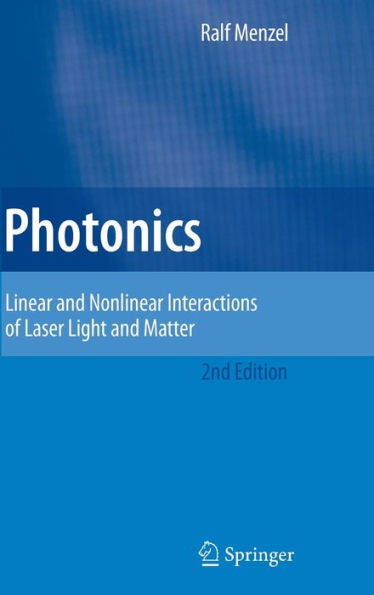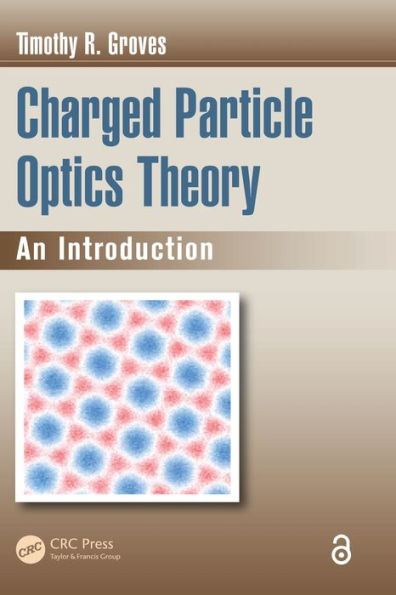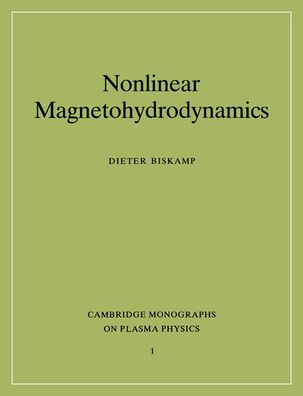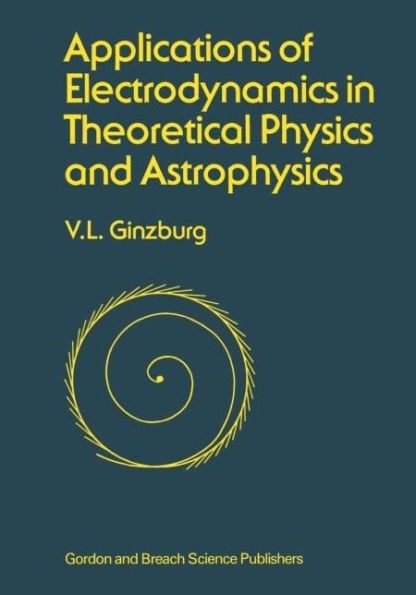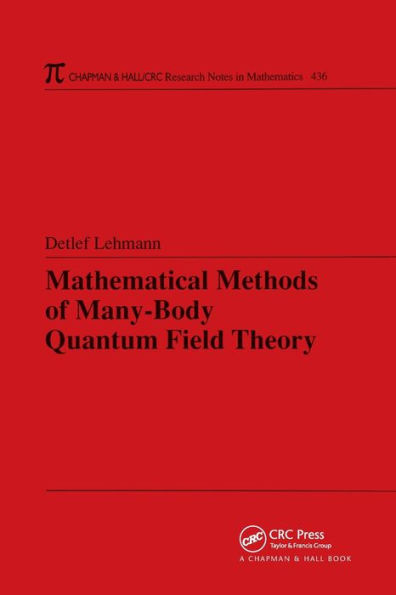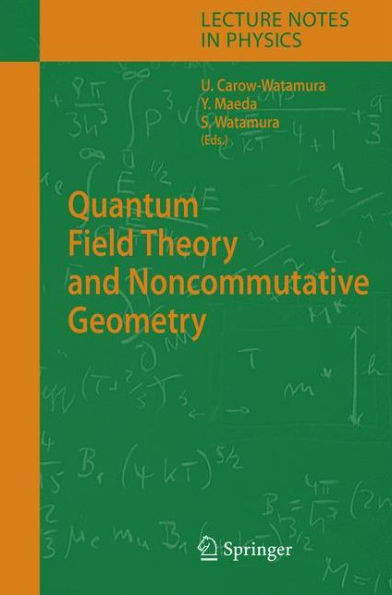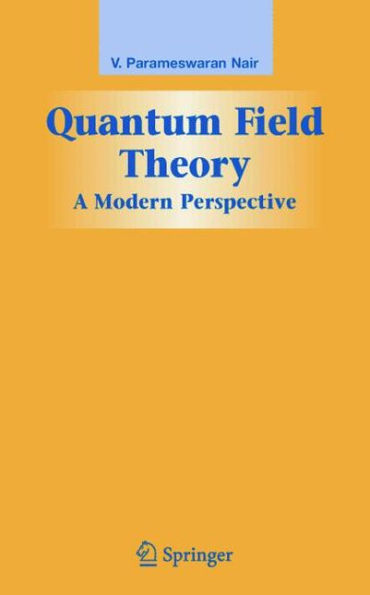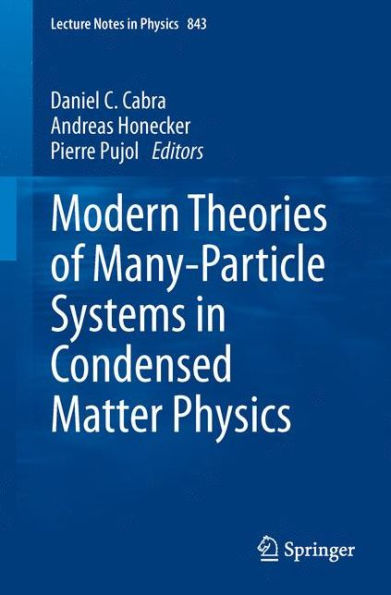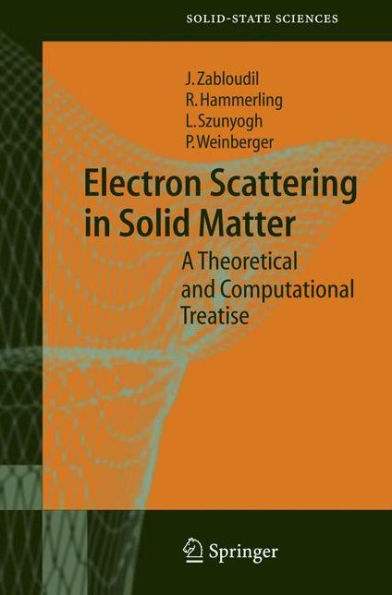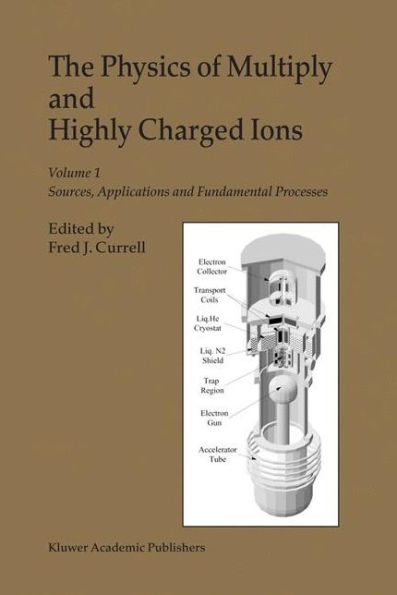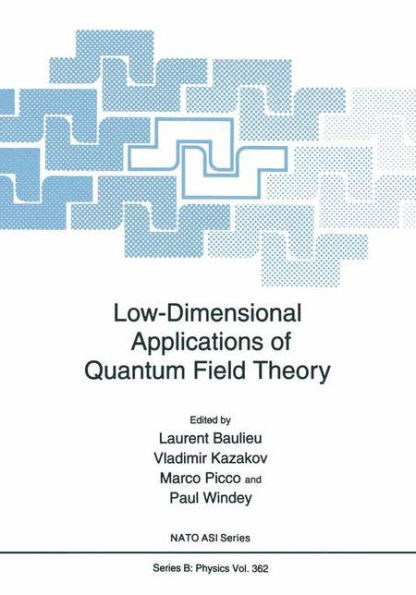Home
Relativistic Nonlinear Electrodynamics: Interaction of Charged Particles with Strong and Super Strong Laser Fields / Edition 1
Barnes and Noble
Relativistic Nonlinear Electrodynamics: Interaction of Charged Particles with Strong and Super Strong Laser Fields / Edition 1
Current price: $219.99
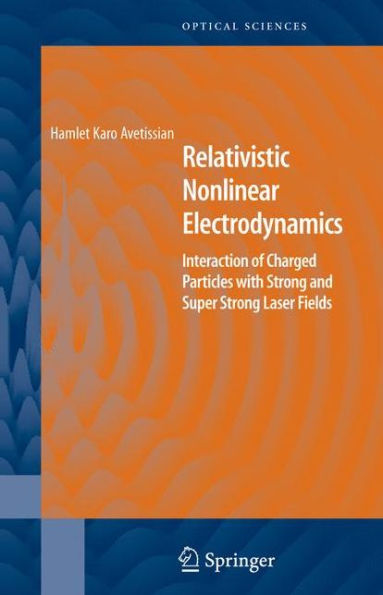

Barnes and Noble
Relativistic Nonlinear Electrodynamics: Interaction of Charged Particles with Strong and Super Strong Laser Fields / Edition 1
Current price: $219.99
Size: OS
Loading Inventory...
*Product information may vary - to confirm product availability, pricing, shipping and return information please contact Barnes and Noble
Withtheappearanceoflasershavecomerealpossibilitiesofrevealingnum- ous nonlinear phenomena of diverse nature resulting from the interaction of strong electromagnetic field either with matter or with free charged particles. First attempts of investigators, especially experimentalists, were directed - ward studying the processes of interaction of laser radiation with matter, which led to the rapid formation of a new field — Nonlinear Optics. The numerous published monographs on this subject are evidence of that. The situation regarding the processes of interaction of laser radiation with free charged particles (free–free transitions) is different. Whereas the experim- tal results on atomic systems frequently had preceded the theoretical ones, the experimental investigations on free electrons began gathering power only recently. Itisenoughtomentionthatthe firstexperimentsontheobservation of multiphoton exchange between free electrons and laser radiation started in 1975 (the Cherenkov and bremsstrahlung processes) whereas, due to the progress of Nonlinear Optics, the precision laser spectroscopy of superhigh resolution on atomic systems had already been established. This situation is explained by two objective factors. Whereas the experiments on atoms require only laser devices in common laboratories, the experiments on free electron beams require accelerators of charged particles and laser labora- ries, i. e. , this field is a synthesis of Accelerator and Laser Physics. The second major factor is the smallness of the photon–electron interaction cross section in comparison with the photon–atom one; revealing nonlinear phenomena on free electrons thus requires laser fields of relativistic intensities (e. g. , even the observation of the second harmonic innonlinear Compton scattering).
